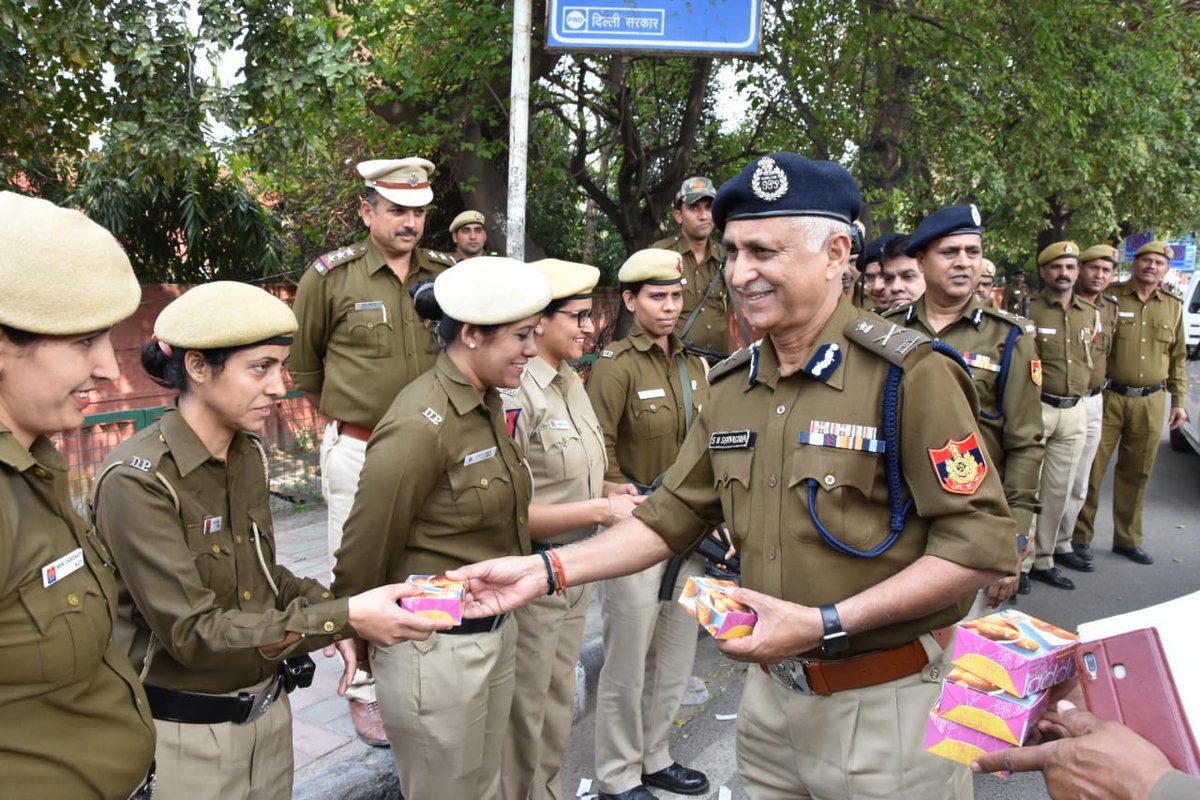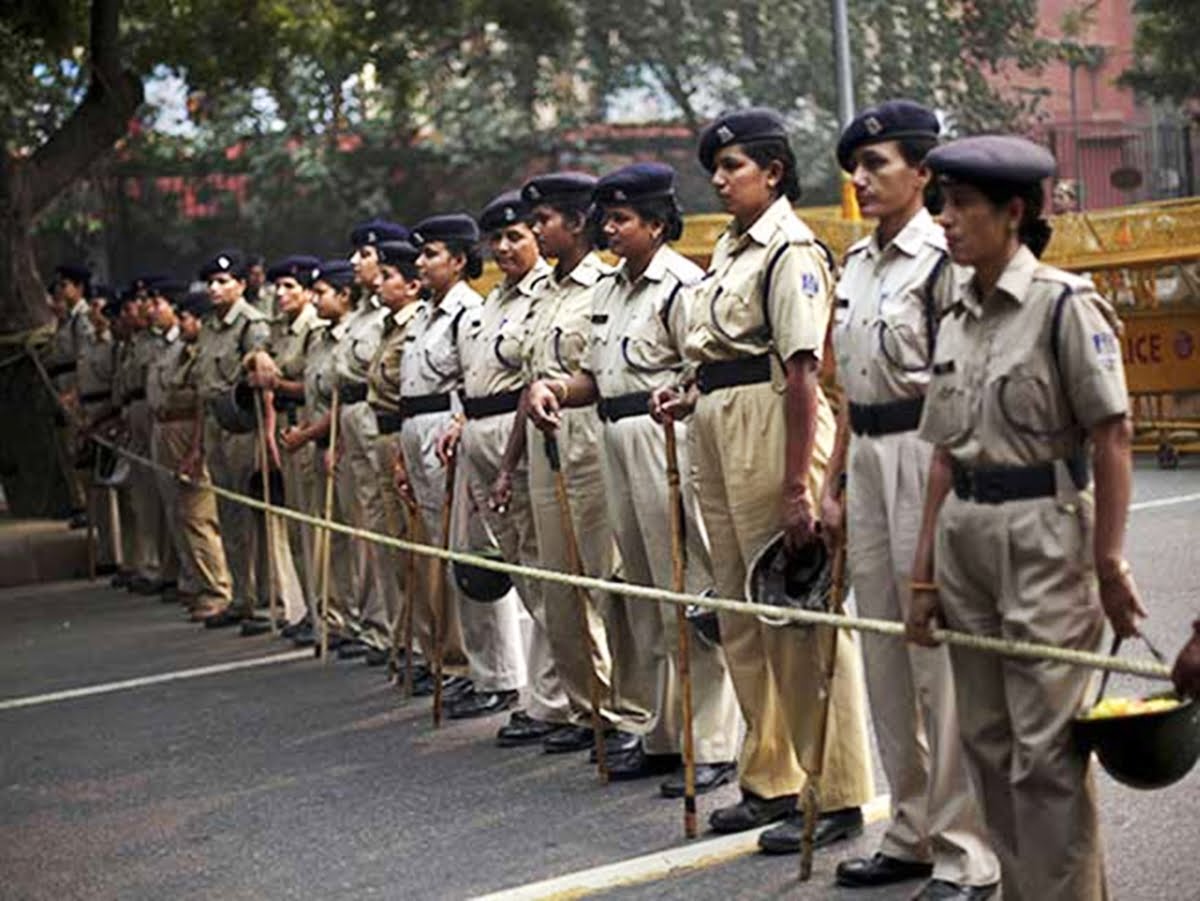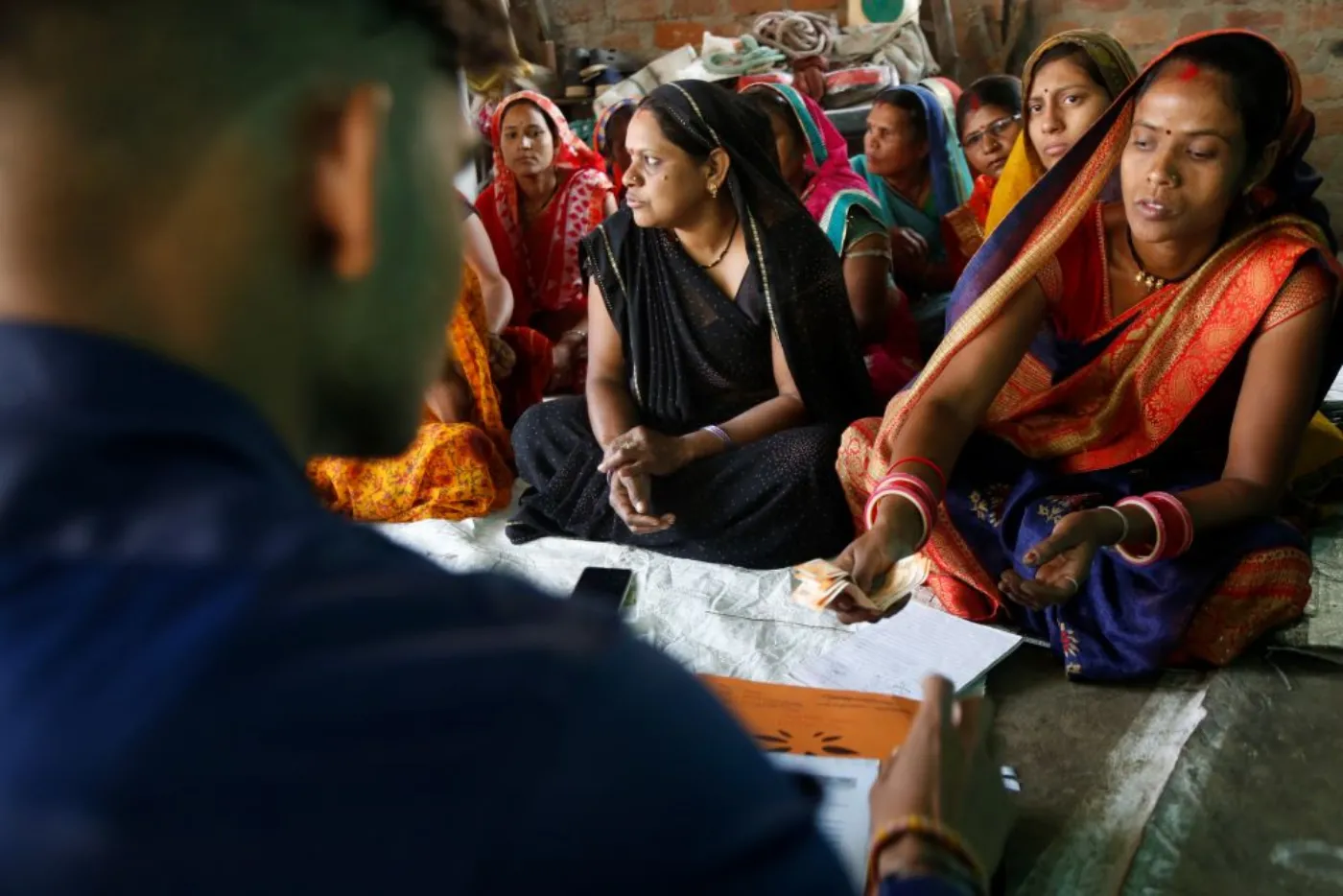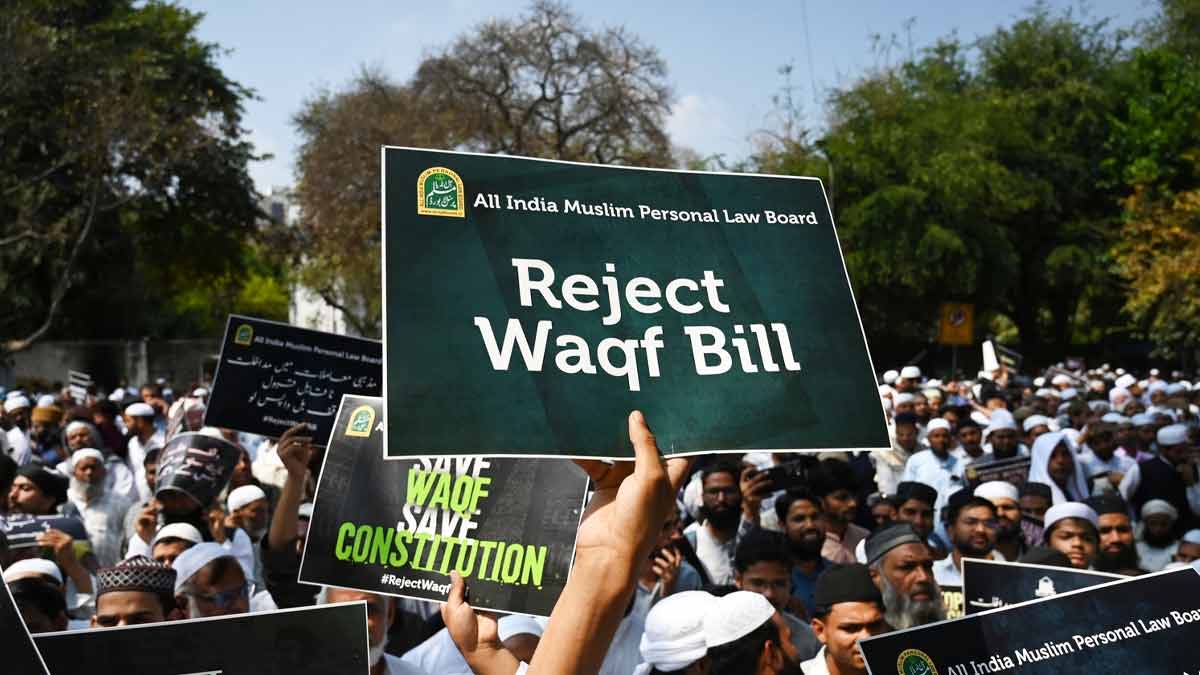“I trained with men, and then went on to work with them. Throughout my training, I was told that we are officers first, women later. But the moment I entered the field, I was reminded of my gender,” D Roopa Moudgil, the first woman IPS officer in Karnataka, told The Indian Express.
Moudgil is one of the few women police officers who managed to land her feet in a highly masculinised occupation. Women make up merely 7.28% of the police force in India, according to a Status of Policing in India Report (SPIR) 2019. Despite the target set by the Home Ministry in 2009 – to achieve 33% women in the police force – their representation has increased only by 5% in a decade.
Apart from reasons of diversity and inclusion, an increased number of women in the law enforcement mechanisms could be fundamental in addressing violence against women and sex crimes, reduce use of excessive force, and improve police-community relations.
Apart from reasons of diversity and inclusion, an increased number of women in the law enforcement mechanisms could be fundamental in addressing violence against women and sex crimes, reduce use of excessive force, and improve police-community relations.
Also read: ‘Smile! UP Police Is Watching’: On Distress, Surveillance And Emotion Mapping
Being a woman first, then a police officer
Women in India entered the police force as early as 1938; yet, the progress in integrating them further has been awfully slow. Women personnel are usually constrained to dealing with women and juveniles — and rather, are used as social workers than law enforcement officers.
Policing is seen as a male bastion. The general sentiment is that women are not ‘man’ enough to be a part of the force. One in two people in India believe that women are not fit for policing due to a lack of physical strength and aggressive behaviour, and inflexible working hours, according to a survey in SPIR 2018. Many respondents also believed that women cannot deal with high intensity crimes and cases and should focus on their household. Bihar, West Bengal and Karnataka were the most biased against women employed in the police force.
“A woman constable I knew would wake up at 4 am, cook and clean, and then travel for four hours to reach the police station. She was always sleeping in office,” DCP Suman Nalwa, now principal of the Delhi Police Training School in Dwarka, told The Indian Express. “Another assistant sub-inspector would turn up to work with bruises on her face every day. Her husband would beat her up for returning home late. A policewoman’s husband would keep her ATM card, and give her Rs 20 every day as pocket money,” she said.
A gendered model of policing
Kiran Bedi, India’s first female IPS officer retired voluntarily in 2007 as she was superseded by her male junior for the post of Delhi Police Commissioner. While women in the IPS may still benefit from a relatively ‘integrated model’, women in subordinate positions have to go through a gendered model of policing, as Tumpa Mukherjee has discussed in her book ‘Women in Police in India: A Journey from Periphery to Core’.
Some findings of SPIR 2019 tell us that female police personnel are usually limited to in-house tasks such as maintaining registers/data, filing FIRs and other complaints, whereas male police officers are engaged in more field-based tasks such as investigation, patrolling, law and order duties, etc.
Furthermore, the report found that the work environment was not at all conducive for female police officers. Around half of the women officers reported not getting a weekly off. One in five of them said they had to work beyond duty hours a lot of the time. This proves a very stressful situation for women, as they undergo the dual burden of providing care work and working a job as well.
Feeling unsafe at the workplace is also an overarching issue among the women police officers. This may occur in two forms, one, facing sexual abuse and assault during working hours from senior officers who have the power to get away with it. Two, performing duty in a public place where ‘anti-social elements’ threaten a woman’s safety.
Also read: ‘Madam-Sir’ – The Women Superiors In The Indian Police Force
Nearly one-fourth of the women personnel said that there were no committee to look into sexual harassment in the workplace, even though the formation of such committee has been made mandatory under The Sexual Harassment of Women at Workplace Act of 2013. Bihar ranked the worst with 76% of women police personnel reporting that no such committee had been formed.
A woman police constable based in Lucknow was sexually harassed by her seniors and had posted a video on social media that went viral. She had said, “How can I console other victims when I am not safe in my own police department? How can I even think of ensuring justice for other victims when I, a victim myself, have not got justice?”

The need for women in the police force
A 2015-16 survey by the National Family Health Survey revealed that 99% of sexual assault cases go unreported. An increase in the number of police women has been linked to a decline in the rate of intimate partner abuse and intimate partner crime.
For instance, in May 2018, a 35-year-old woman approached a station late at night after her husband assaulted her physically. Without the presence of a police woman she was made to wait to send her for medical tests. However, she felt uncomfortable and went to the hospital alone, where the ward boy raped her.
Following this incident, instructions were sent out to station at least one police woman in case of such emergencies. But due to a shortage of women police officers, the due process fizzled out after a few months of being followed.
Another study also found that women are better at placating violent situations as “Policemen see police work as involving control through authority” but “policewomen see it as a public service.”
An inclusive and un-gendered system will help the institution be more gender-responsive and gender-sensitive — merely increasing the number of women police personnel won’t do the deed. If there are systemic and institutional barriers that marginalise the police women, then we need systemic and institutional changes to counter the same.
An inclusive and un-gendered system will help the institution be more gender-responsive and gender-sensitive — merely increasing the number of women police personnel won’t do the deed. If there are systemic and institutional barriers that marginalise the police women, then we need systemic and institutional changes to counter the same.
As long as patriarchy penetrates the Indian policing system with mainstream ideals of honour, manhood and violence, an egalitarian system will cease to be birthed.
References
Featured image source: NDTV
About the author(s)
Priyanka is a feminist and an aspiring journalist. Her respect for the significance that words carry in shaping our beliefs stems from her passion for our social, political, environmental, and economic ecosystem.





Im a 17 year old who once aspired to be a police officer. As I got older, I got to know more about the malpractices and bureaucracy involved in this line of work and was discouraged. After reading this article, I was reminded of my old ambition. And I’ve taken it upon myself to be a very vocal feminist and this helped a lot!
Hey Nandana, thank you for your comment, I’m really touched! I hope as feminists we can fight these hegemonic systems so that no young person has to think about this before pursuing their dreams 🙂